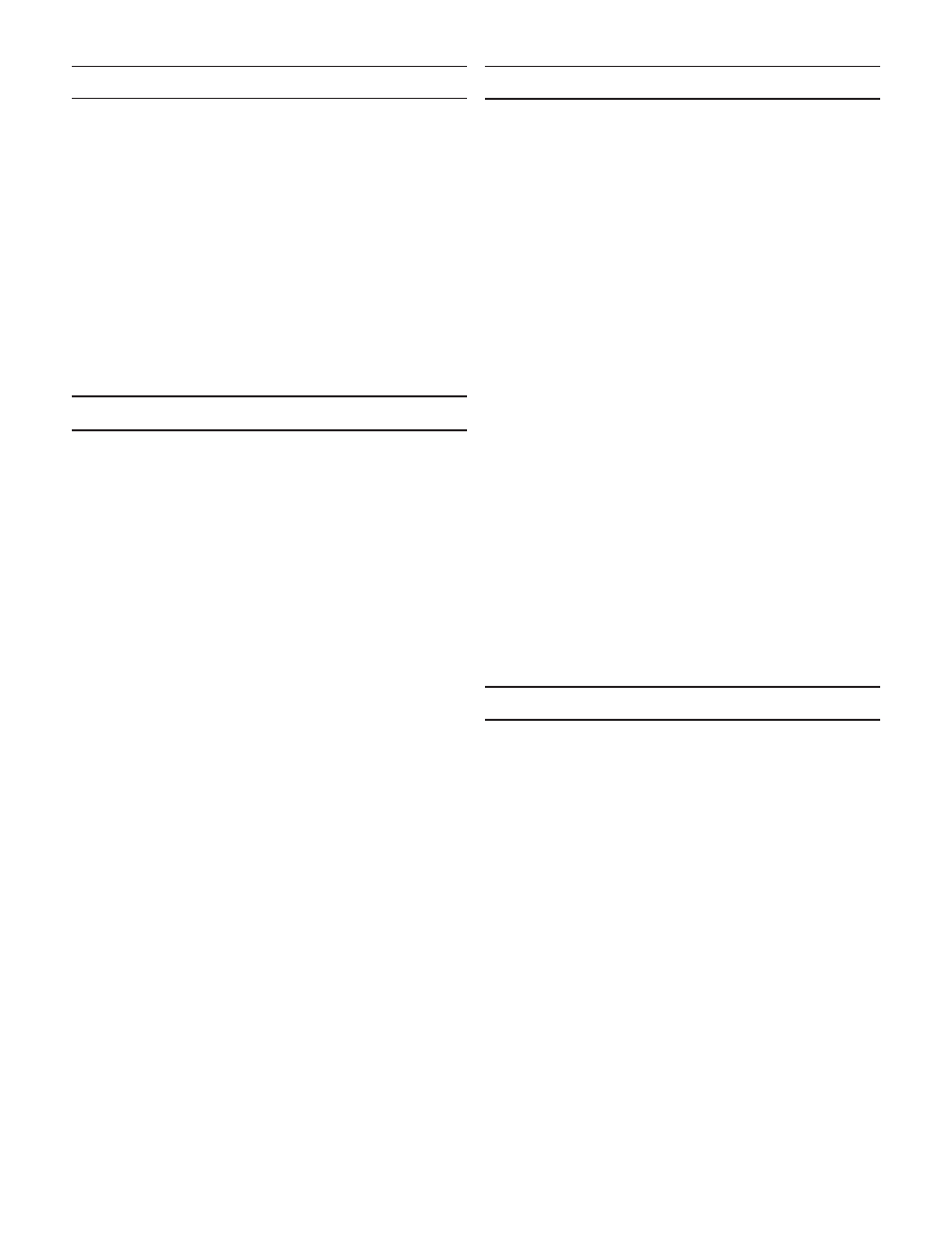Diaphragm replacement, Seat and plug replacement, Maintenance – Jordan Valve Mark 686 Series – Air Loaded Globe Regulator User Manual
Page 2: Troubleshooting

Diaphragm Replacement
Remove all pressure from the line as outlined un-
1.
der WARNING.
Remove the air signal line.
2.
Remove the upper diaphragm case (14) by remov-
3.
ing hex bolts (15).
Lift the diaphragm assembly. This diaphragm as-
4.
sembly consists of the upper diaphragm plate (13),
diaphragm (11) and lower diaphragm plate (12).
Secure the upper diaphragm plate in a vise. Use a
5.
spanner wrench on the lower diaphragm plate and
turn counter-clockwise to loosen and remove.
Remove the diaphragm, clean the parts and install
6.
the new diaphragm in reverse order. Pull the parts
up tight when a metal diaphragm is used. When
elastomer diaphragms are used, clean and de-
grease the threads, apply one drop of #290 Loctite
to the threads, and assemble. (Loctite Primer T may
be used to degrease). Thread the parts together,
hand tight, and then tighten 1/8 to 1/4 turn.
Clean the diaphragm seating surfaces on the upper
7.
case (14) and on the body (1).
Unscrew the cage (2) approximately two turns to
8.
retract the stem. Place the diaphragm assembly
back onto the valve body. (Metal diaphragms nest
into the counterbore in the body).
Install upper case. Cross tighten bolts (15) evenly
9.
with a torque wrench as shown in the chart on
page 3.
Thread cage (2) back into the body and pull snug.
10.
Seat and Plug Replacement
Remove all pressure from the line as outlined in
1.
the WARNING.
Turn the hex end on the cage (2) counter-clock-
2.
wise and remove it from the body. The plug (3,17)
and return spring (5) will come out with the cap.
Remove the seat retaining ring (18), o-ring (20) and
3.
seat (19) from the top side using a retaining ring
tool. Replace seat, o-ring and retaining ring.
Inspect parts for wear and replace as required.
4.
Clean all parts in the body and on the cap. Lightly
5.
lubricate these surfaces.
Reassemble plug spring into cap and check for
6.
smooth operation.
Install seat with a light coat of Tefl on paste on the
7.
threads.
Install the cap into the body until it bottoms out
8.
and tighten.
Maintenance
WARNING: Be sure that there is no pressure in the
valve before loosening any fi ttings or joints. The fol-
lowing steps are recommended:
Close the inlet shut-off valve.
1.
Allow pressure to bleed off through the down-
2.
stream piping. Do not attempt to reverse the fl ow
through the valve by bleeding pressure from the
upstream side of the valve.
When downstream pressure gauge indicates no
3.
pressure in the line, close the outlet shut-off valve.
Refer to the drawing for the proper orientation of the
parts and for proper nomenclature.
Troubleshooting
If You Experience Erratic Control:
Oversizing causes cycling and hunting, and reduces
the rangeability of the regulator. Make certain that
your sizing is correct.
Steam traps downstream may need attention.
Safety valve may be jammed open, disrupting the
system. Repair as necessary.
Excessive foreign matter on seat of plug (3,17)*.
Clean them. Inspect seating surface on plug for
deterioration.
Valve stroke may not be moving freely. Check stem
(16), bushing (10) or cage bore (2).
If You Experience Downstream Pressure Build-up:
Seats deteriorated. Inspect for foreign material be-
tween plug (3,17) and seat.
Diaphragm (11) failed. Use elastomer seats for tighter
shut-off.
If You Cannot Maintain Regulated Pressure:
Clogged strainer or lines.
Inlet pressure low.
Air signal too low or signal line is leaking or dam-
aged.
Valve is undersized for rated fl ow.
System demand exceeds pump capacity.
* See back page for parts call-out.
-2-
